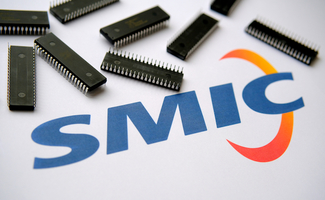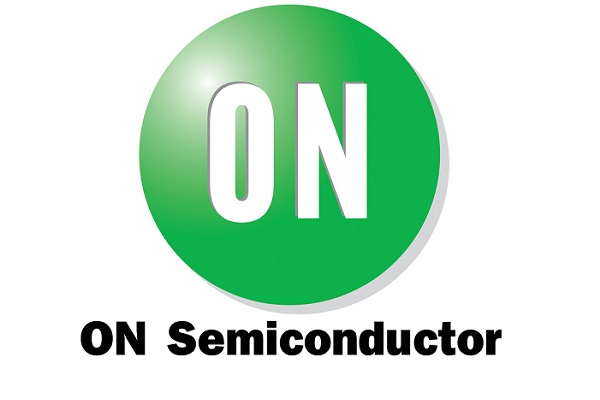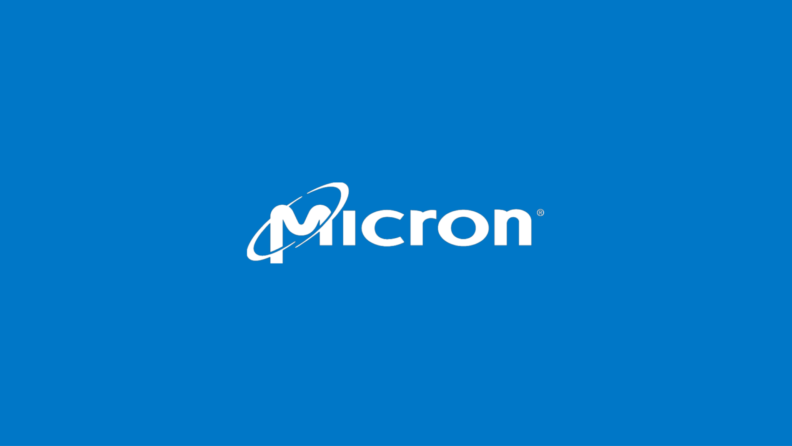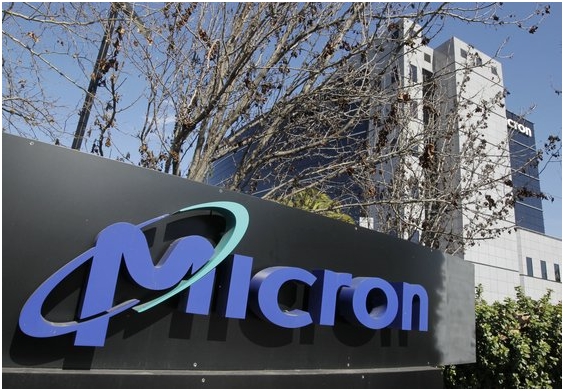SMIC – The Largest Semiconductor Foundry Company in Mainland China.
SMIC is famous as a leading semiconductor foundry company across the globe for its advanced technology and comprehensive semiconductor manufacturing services. SMIC was born in 2000 in the Cayman Islands and is currently headquartered at Shanghai, China. Richard Chang Ru-gin is the founder of the company and Haijun Zhao is the latest CEO. SMIC Group primarily focuses on providing integrated circuit (IC) foundry and technology services related to it on a specific range of process nodes (350 nm to 14 nm). SMIC is well known in international markets including Europe, Japan, Taiwan, and the US.
Founding History of SMIC
SMIC was founded out of strong desires of Richard Chang to invest in the Chinese market as he believed that a booming economy will reestablish harmony in the nation. Twenty years ago, the semiconductor industry in mainland China wasn’t superior in the market and didn’t have any international standards. Before Richard established SMIC, his main target was to make mainland China a superpower which advanced tech in manufacturing semiconductors so that it can match up to the nations who are leading in it.

Richard had big plans for his nation and this zeal drove him to finally establish SMIC in 2001 at Shanghai’s High-tech Zhangjiang Park located in Pudong New Area. SMIC became the first successful leading company from mainland China in the semiconductor industry to expand its market even in international grounds. And with the contributions made by Richard Chang he is known as the “father of the Chinese semiconductors.”
Uncertain Times
Initially, when company was established it became a limited liability company in the Cayman Islands. SMIC operated in a way that it was not responsible for the capital costs and the municipal government took care of it. When the company was eventually growing in the Chinese market, the Taiwanese were threatened by a potential emerging semiconductor superpower. They tried in several unethical ways to bring down the reputation of both SMIC and Richard Chang.
Only two years after founding the company, TSMC (world’s largest semiconductor foundry) filed a lawsuit against SMIC accusing it of obtaining TSMC’s trade secret and other infringement. But, Richard on the other hand worshipped the Chinese semiconductor sector and no matter what he wasn’t ready to give up. Chang’s determination is one of the reasons why China can compete with big nations like the US in the semiconductor market.
Growth and Expansion of SMIC
SMIC started making significant progress from the last decade starting with embarking on a joint venture in 2013. Next year, SilTech Shanghai, a wholly owned subsidiary of SMIC along with JCET, and China IC Fund signed a co-investment agreement for forming a consortium. This was formed for the proposed acquisition of a very valuable acquisition of STATS ChipPAC, a Singapore-based company. In 2015, SMIC entered into another joint venture with Huawei, Qualcomm, and IMEC International to form SMIC Advanced Technology Research & Development Corporation. SMIC built a very advanced R&D facility which aimed at designing China’s most advanced integrated circuit (IC). The partnership of company with other three companies mainly focused on developing 14 nm logic technology.
In 2016, company acquired 70% of the corporate capital of LFoundry S.r.l. €49 million. SMIC throughout the following years have focussed on establishing and maintaining strong relationships with other semiconductor corporations especially the ones based in China. The very idea behind founding SMIC was to strengthen China wholly as a superior semiconductor entity and it will continue if the companies remain united. In 2018, SMIC was investing 16 percent of sales in R&D and the company started building China’s first ever plant which aimed to use 14 nm production technology. Last year, China National Integrated Circuit Industry Investment Fund and the Shanghai Integrated Circuit Industry Investment Fund made an investment of $2 billion in the company as a part of the Made in China 2025 Program.
About Richard Chang Ru-gin
Richard Chang is a famous person who is single handedly responsible for uplifting the semiconductor industry in China. At a very young age, Richard moved from Shanghai to Taiwan and later went to the US and acquired his PhD in electrical engineering from Texas. In 1977, Richard joined Texas Instruments ton emrak on his chipmaker career and was involved in the operations of the company in several nations. After entering the chip industry, his one and only goal was to make China catch up with the rest of the world in terms of cutting edge tech. So, in 1997 he came back to Taiwan and a few years later he established SMIC and created an empire for mainland China to embrace forever.

Annasha Dey is an NIT student, who apart from studying engineering is also a content writer. She has a great interest in photography, writing, reading novels, and travelling as well. She is a foodie who loves socializing and hanging out with her friends. She is also a trained Kathak dancer and a big fashion enthusiast. Dey also loves watching TV series, which includes F.R.I.E.N.D.S. and Big Bang Theory. To be a better writer she prefers to read more






